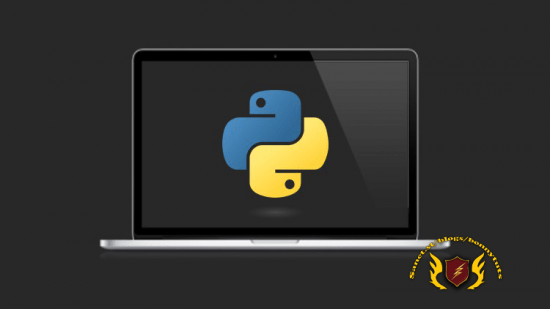
Last updated 12/2022
Created by Jayanta Sarkar
MP4 | Video: h264, 1280×720 | Audio: AAC, 44.1 KHz, 2 Ch
Genre: eLearning | Language: English + srt | Duration: 26 Lectures ( 2h 7m ) | Size: 667.4 MB
Learn Python Object Oriented Programming step-by-step
What you’ll learn
What is Encapsulation
What is Abstraction
What is inheritance
What is polymorphism
Creating Our First Class In Python
Difference between instance variable and class variable
Self & __init__() (Constructors)
Class Methods In Python
Class Methods As Alternative Constructors
Class Methods As Alternative Constructors
Static Methods In Python
What is Abstraction and Encapsulation
introduction Inheritance in Python
Public, Private & Protected Access Specifiers
introduction of polymorphism
Super() and Overriding In Classes
Diamond Shape Problem In Multiple Inheritance
Operator Overloading & Dunder Methods
Requirements
just basic knowledge of Python syntax
Description
If you already know Python basics, then this course is the next step in your Python learning path to becoming a Python programmer.this course is specially made for beginners, who want to understand what is object-oriented programming in Python.In Python, object-oriented Programming (OOPs) is a programming paradigm that uses objects and classes in programming. It aims to implement real-world entities like inheritance, polymorphisms, encapsulation, etc. in the programming. The central concept of OOPs is to bind the data and the functions that work on that together as a single unit so that no other part of the code can access this data.Main Concepts of Object-Oriented Programming (OOPs)ClassObjectsPolymorphismEncapsulationInheritanceData AbstractionClassA class is a collection of objects. A class contains the blueprints or the prototype from which the objects are being created. It is a logical entity that contains some attributes and methods.To understand the need for creating a class let’s consider an example, let’s say you wanted to track the number of dogs that may have different attributes like breed, and age. If a list is used, the first element could represent the dog’s breed while the second could represent its age. Let’s suppose there are 100 different dogs, then how would you know which element is supposed to be which? What if you wanted to add other properties to these dogs? This lacks organization and it’s the exact need for classes.ObjectsThe object is an entity that has a state and behavior associated with it. It may be any real-world object like a mouse, keyboard, chair, table, pen, etc. Integers, strings, floating-point numbers, even arrays, and dictionaries, are all objects. More specifically, any single integer or any single string is an object. The number 12 is an object, the string “Hello, world” is an object, a list is an object that can hold other objects, and so on. You’ve been using objects all along and may not even realize it.
Who this course is for
beginners who want to understand what is object oriented programming
Password/解压密码www.tbtos.com
https://rg.to/file/6f65696b061d7a128826f0cdce88140f/Python_Object_Oriented_Programming_(OOPs).rar.html